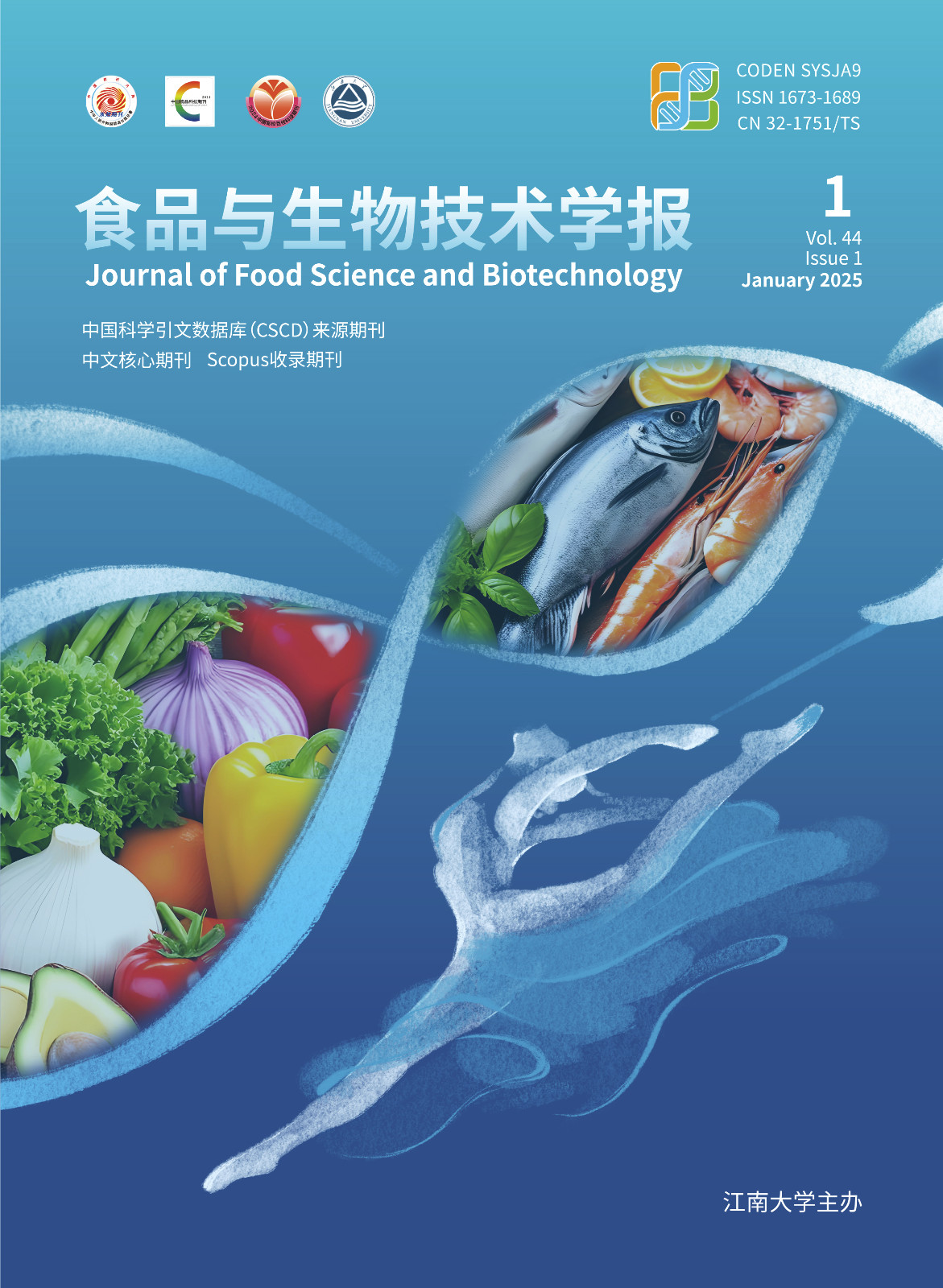Journal of Food Science and Biotechnology (ISSN 1673-1689,CN 32-1751/TS,published monthly) is a professional academic journal under the administration of the Ministry of Education of the People's Republic of China and sponsored by Jiangnan University. The journal is supported by national key disciplines such as "Food Science and Engineering" and "Fermentation Engineering" of Jiangnan University, and comprehensively reflects the latest scientific and technological research results in the field of food science and biotechnology worldwide. Since the establishment of Journal of Food Science and Biotechnology, it has won many awards from the General Administration of Press and Publication, the Ministry of Science and Technology, the Ministry of Education, the Ministry of Light Industry, etc., and has been included in more than 10 authoritative databases, such as CSCD, Scopus, Chemical Abstracts (CA) in the United States, and Food Science and Technology Abstracts (FSTA) in the United Kingdom. The journal has an authoritative academic position in the fields of food science and engineering, light industry technology and engineering.

Copy Right:Editorial Board of Journal of Food Science and Biotechnology
Address:No. 1800, Lihu Avenue, Wuxi 214122, Jiangsu Province,China PostCode:214122
Phone:0510-85913526 E-mail:xbbjb@jiangnan.edu.cn
Supported by:Beijing E-Tiller Technology Development Co., Ltd.


